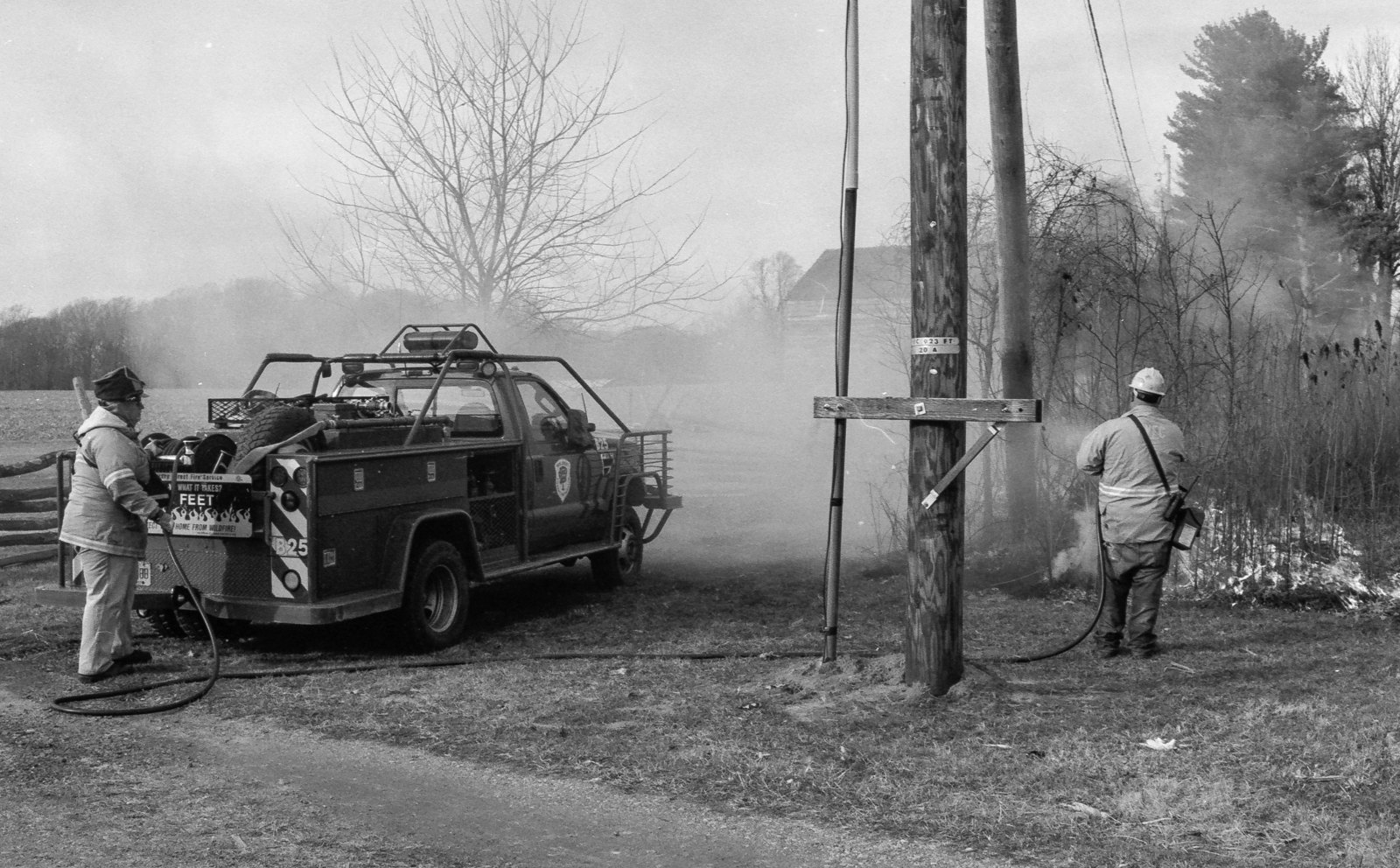DREW WILEY
Member
- Joined
- Jul 14, 2011
- Messages
- 14,570
- Format
- 8x10 Format
Craig - why? Because sheet film is far more expensive than 35mm, you don't always get a second chance under constantly changing light or wind conditions, big view cameras are slower to operate, and one can only carry so many heavy bulky sheet film holders at a time (so bracketing isn't realistic for all the above reasons). At around $50 a cable release punch for 8X10 color sheets plus development at today's prices, just how often do you want to "wing it", shoot-from the-hip exposure-wise? Plus we LF photographers often have much more demanding standards of how we want the prints to come out. A lot of work and expense goes into those too, especially if they're large.
But I put the same demands on my smaller roll film and 35mm exposures too. It's just that I can afford to gamble a little more in terms of a spare or alternate shot in case of a shake in hand-held usage, or a shift in the lighting, or a slight difference in perspective.
Frankly, I don't even believe in any of that, "just rely on the film latitude" nonsense unless it's a low contrast rainy or overcast day, and the film in question is something like Kodak Gold or Delta 3200 designed for a wide range of exposure variability. And then there's the "I can fix anything in Photoshop" crowd; they CAN'T, and that's just how in fact it comes out looking most of the time. So they blame the film or its manufacturer for the mediocre result. For heaven's sake, light meters were invented for a reason.
But I put the same demands on my smaller roll film and 35mm exposures too. It's just that I can afford to gamble a little more in terms of a spare or alternate shot in case of a shake in hand-held usage, or a shift in the lighting, or a slight difference in perspective.
Frankly, I don't even believe in any of that, "just rely on the film latitude" nonsense unless it's a low contrast rainy or overcast day, and the film in question is something like Kodak Gold or Delta 3200 designed for a wide range of exposure variability. And then there's the "I can fix anything in Photoshop" crowd; they CAN'T, and that's just how in fact it comes out looking most of the time. So they blame the film or its manufacturer for the mediocre result. For heaven's sake, light meters were invented for a reason.
Last edited:













